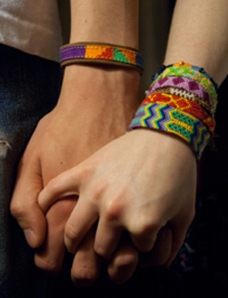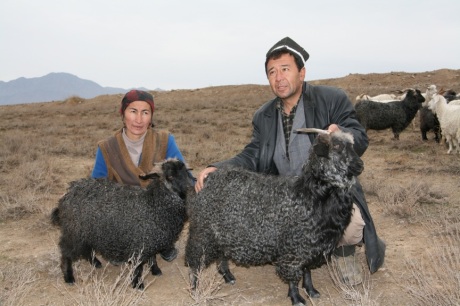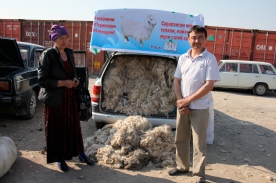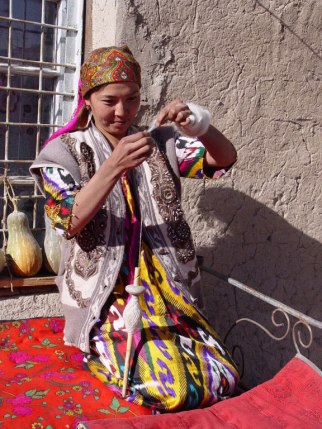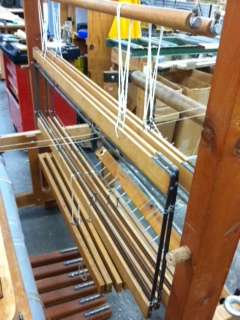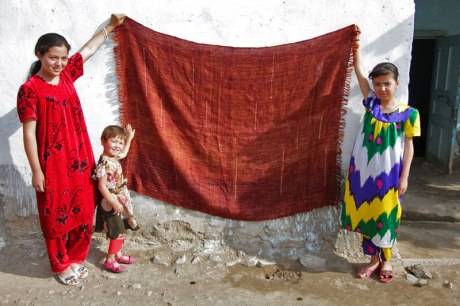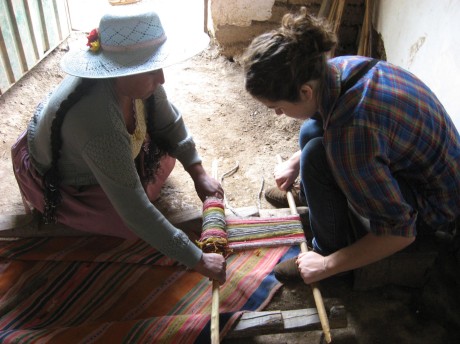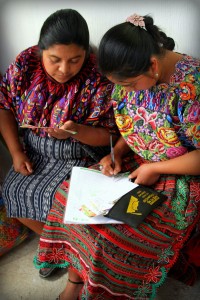A textile is the work of many hands. One pair grows or gathers the raw materials. One pair turns that raw material into a usable thread, yarn, reed, or bead. Another pair transforms these materials into cloth, jewelry, or vessel. The textile is then carried to market where it will be received and treasured by another pair of hands.
An understanding of this work and its meaning to grassroots economies around the world is why WARP exists—to create a more connected textile community. Once a year, WARP members and their guests, get together in person to swap stories, celebrate successes, evaluate failures, and make meaningful connections. This year’s meeting was held May 9 – 11, at the Pallottine Renewal Center in Florissant, Missouri, just outside of St. Louis. Here is a brief overview of this year’s meeting. For more photos, visit our WARP 2014 Annual Meeting Board on Pinterest and share it with your friends. Encourage them to come next year!
Friday’s and Sunday’s programs are reserved for members only. Members who arrived by 3pm on Friday traveled to the impressive St. Louis Art Museum for a gallery talk with textile curator Zoe Perkins about the new Navajo textiles exhibit. An evident common thread throughout the event is that networking happens everywhere—attendees were hungry to talk to others that share their passion.
The meeting officially opened on Friday evening with each attendee introducing themselves and summarizing their place in the textile community. Since members are together for such a short time, these brief introductions facilitate networking.
After the introductions, the market is open to WARP members for an early opportunity to shop and talk. 
Saturday’s programs were open to the public. Linda Ligon, founder of Interweave, and Joe Coca, photographer, gave a behind the scenes look at the making of Faces of Tradition: Weaving Elders of the Andes from Thrumbs Books.
This program was followed by WARP founder Deb Chandler’s forthcoming book about Guatemalan weavers, also published by Thrumbs Books, and due out in the Spring of 2015.
The morning’s programs were rounded out by Kate White and Carrie Campbell, the 2014 Alice Brown Scholarship recipients, presentations of their projects; and a short 15-minute documentary about the weavers of Paz Bolivia presented by Dorinda Dutcher.
 After a morning of cerebral stimulation, it was time to get our hands dirty! An afternoon dye potluck, hosted by board members Judy Newland and Karen Searle, featured an exploration of eco dye techniques.
After a morning of cerebral stimulation, it was time to get our hands dirty! An afternoon dye potluck, hosted by board members Judy Newland and Karen Searle, featured an exploration of eco dye techniques.
 A cochineal demonstration by Vilma and Saturino Oncebay of Peru.
A cochineal demonstration by Vilma and Saturino Oncebay of Peru. And, and indigo dyepot tended by Margaret Leininger.
And, and indigo dyepot tended by Margaret Leininger.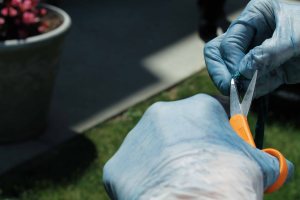
The market reopened at 4pm for shopping, a silent auction, and an exhibit of the photographs from Faces of Tradition. After a 6pm happy hour, a short round of “exercises” was led by Irene Schmoller that were designed to loosen up everyone’s wallets—you had to be there to appreciate what great fun this was! At 7pm, WARP held its third live auction led by auctioneer and board president Cindy Lair. Many of the beautiful textiles were modeled by WARP members. Money raised by the two auctions will help fund WARP’s operating costs in the coming year. 

On Sunday morning, WARP held its annual business meeting, and there were many fond farewells. A heartfelt thanks to Kelsey Viola Wiskirchen, and the rest of the team that put on this year’s meeting. Members time and time again say their favorite thing about WARP is the annual meeting. It is a unique opportunity to engage with textile enthusiasts that believe in the importance of the work of the hand to communities worldwide and right in our own backyard. 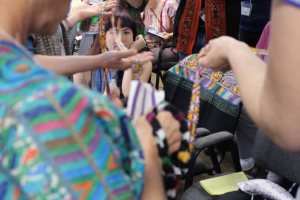
Want to learn more about WARP? Like us on Facebook and join the conversation.


